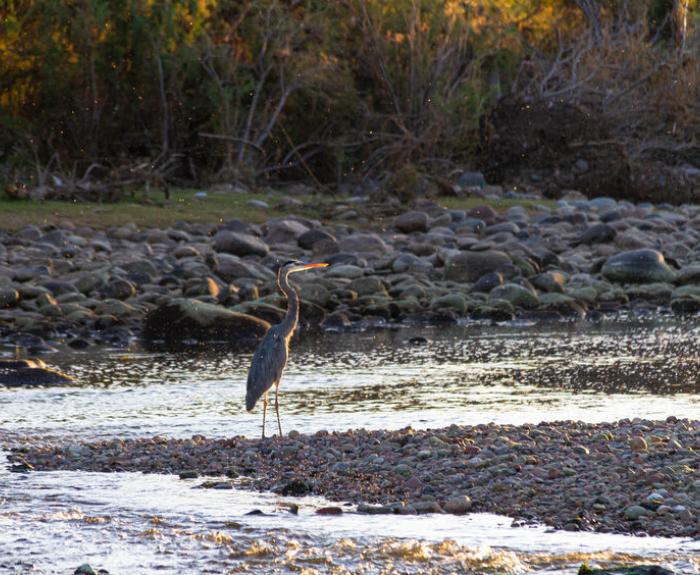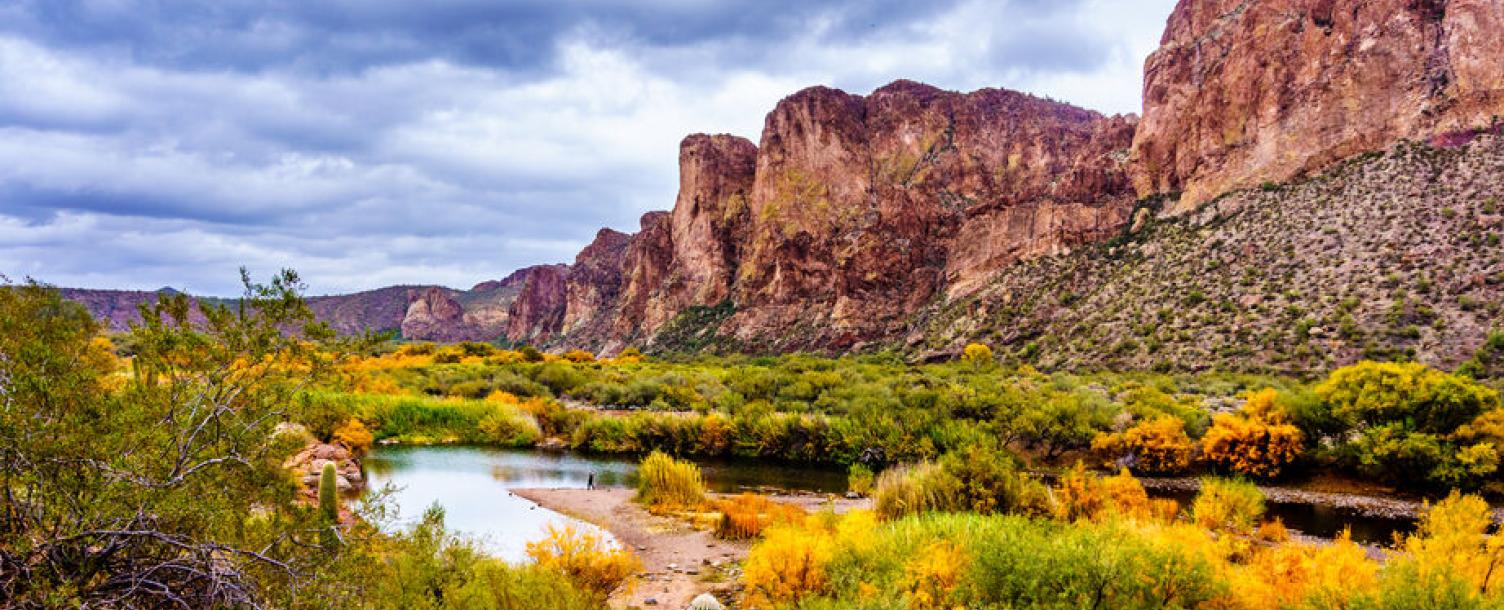
NOTE: We are awaiting results regarding the segments of three rivers (Gila, Salt, and Verde) that are presently in Court. While this is a five-year plan ANSAC hopes to complete its work and Sunset well before FY2025.
Following the determinations of non-navigability by the Commission on about June 18, 2018, there were no challenges or requests for judicial review filed in superior court regarding the San Pedro and Santa Cruz rivers. However, one party filed an appeal/a request for judicial review of ANSAC’s determinations in Maricopa County Superior regarding the Gila, Salt, and Verde rivers. Once again, Maricopa County Superior Court upheld the Commission’s determinations of non-navigability regarding these three rivers.
The same party appealed the Maricopa County Superior Court decision upholding the Commission’s determinations of non-navigability of the Gila, Salt, and Verde rivers, with the Arizona Court of Appeals. Oral arguments by the parties were heard by the Court of Appeals a few weeks ago and we are awaiting the decision of that court.
On approximately October 21, 2011, an Arizona Court of Appeals decision resulted in the Commission holding additional hearings and considering conditions not only as of statehood but also going back prior to statehood regarding six rivers; San Pedro, Santa Cruz, Gila, Verde, and Upper and Lower Salt. This Court of Appeals decision was the result of requests for judicial review by three parties of Commission determinations of non-navigability and decisions by Maricopa Superior Court that upheld the Commission’s determinations of non-navigability. (The Upper Salt and Lower Salt have since been consolidated into a single case resulting in five total remaining rivers).
Following the Court of Appeals decision in 2011, the Commission held multiple additional hearings regarding five rivers, some lasting as long as eight days of examinations of experts and other witnesses, and involving thousands of pages of evidence. The Commission, an entirely different Commission except for one outstanding member, again made final determinations of non-navigability regarding each of the five rivers on approximately June 18, 2018.
The official source for dates, times and locations of hearings or other ANSAC public meetings is displayed on the kiosks in the lobbies of the Arizona Senate and House. Additionally, all notices of state agency, board, or commission meetings is online under State of Arizona, “Arizona Public Meeting Notices” or by using other similar text to find the ADOA official public meeting notices site.
When ANSAC completes its work, it will Sunset or go out of business. The present Sunset Date is June 30, 2024; however, the Commission plans to complete it work before that date.
Arizona Navigable Stream Adjudication Commission
The Arizona Navigable Stream Adjudication Commission is a General Fund single budget program commission.
The Commission's first responsibility is to determine which Arizona Rivers and streams were navigable at time of Statehood, February 14, 1912, and which were non-navigable. ANSAC accomplishes this by holding the watercourse evidentiary navigability hearings. This includes using professionals to conduct "particularized studies" regarding issues that affect navigability. Navigability determinations are necessary for deciding who owns a streambed, that is who owns the land beneath the stream or river. The ANSAC adjudication process is essential for determining whether land beneath the rivers and streams are subject to ownership by the government or by the person whose land a particular river or stream crosses. Determining ownership is necessary to help clear more than an estimated 100,000 "clouded" property titles. To accomplish this, ANSAC has held more than 160 watercourse navigability hearings, with some hearings including as many as eight days of witness testimony. Some witnesses were private Arizona citizens, Arizona Legislators, Tribal Historians, and many PhD level professionals in areas such as history, geology, hydrology, and marine-archeology. Regarding the three ANSAC cases presently in the Arizona Court of Appeals ANSAC has received thousands of pages of documents-that make up 27 bankers boxes records.
